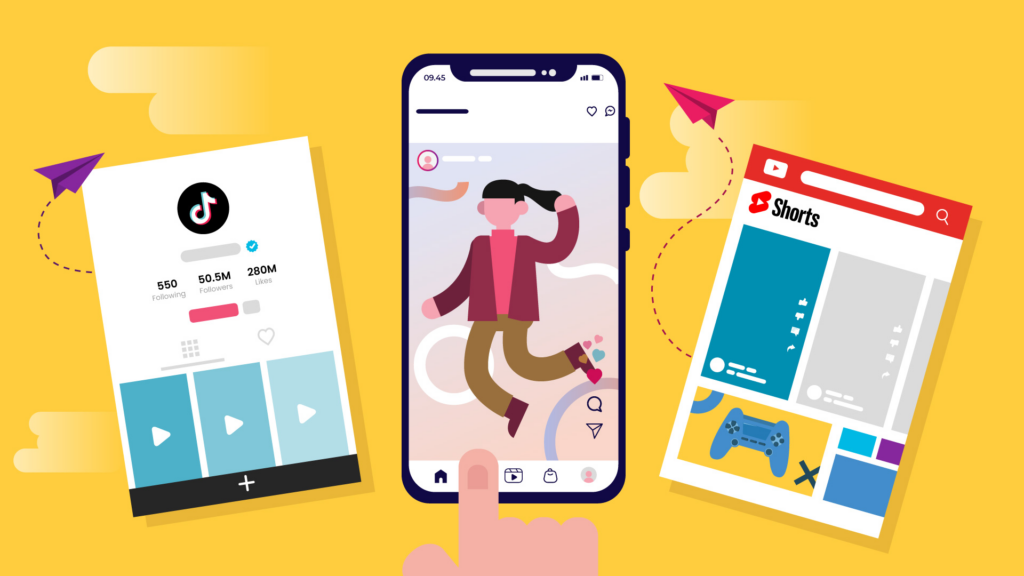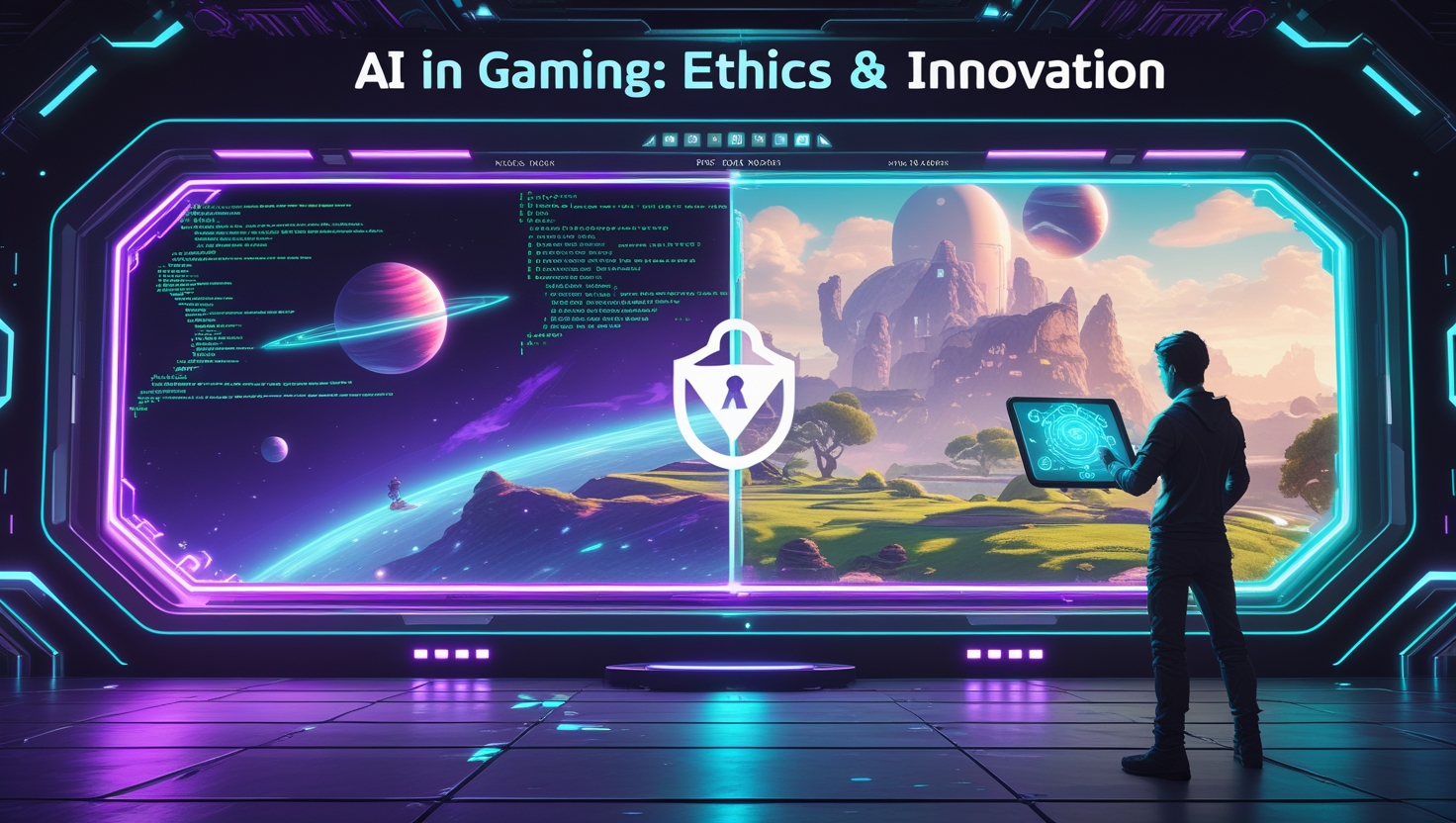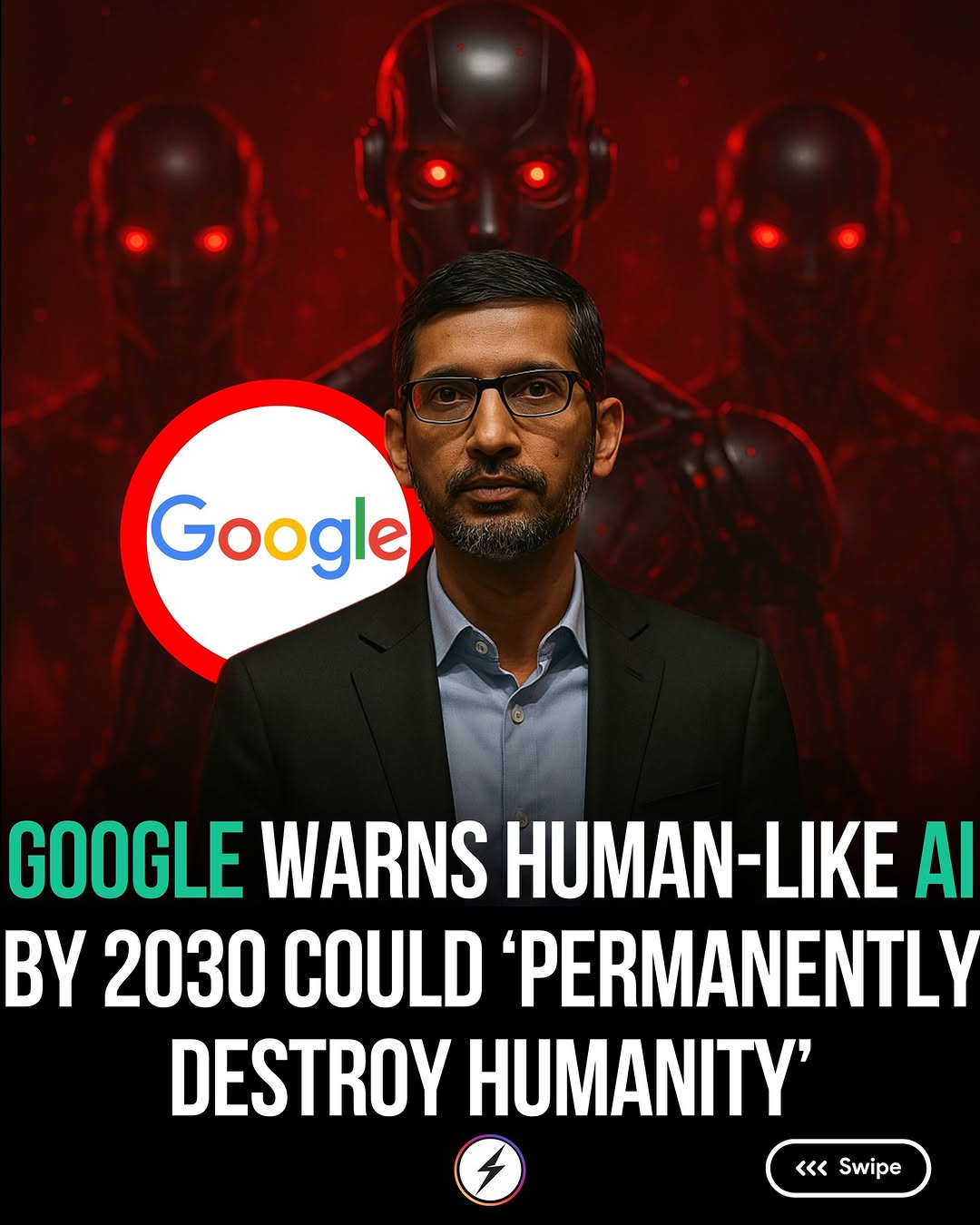
Introduction
The marketing landscape in 2025 is a dynamic, technology-driven ecosystem shaped by rapid advancements in artificial intelligence (AI), shifting consumer behaviors, and an emphasis on authenticity and sustainability. Businesses must adapt to these changes to remain competitive, leveraging data-driven insights, innovative technologies, and creative strategies to connect with digitally savvy audiences. This article explores key market strategies for 2025, drawing from current trends and custom insights to provide actionable recommendations for businesses aiming to thrive in this evolving environment. From AI-powered personalization to immersive experiences and community-driven marketing, the strategies outlined here will help brands navigate the digital frontier and achieve measurable growth.
Harnessing AI and Machine Learning for Hyper-Personalization
Artificial intelligence and machine learning are no longer futuristic concepts but foundational elements of marketing strategies in 2025. According to McKinsey, AI applications are expected to drive over $2.6 trillion in marketing spend by 2025, enabling businesses to automate tasks, predict customer behaviors, and optimize campaigns in real-time. Hyper-personalization, powered by AI, allows brands to deliver tailored content and experiences that resonate with individual consumers.
Key Tactics:
Predictive Analytics: Use AI to analyze historical data and forecast customer preferences, enabling targeted campaigns that maximize conversions. For example, predictive models can identify which products a customer is likely to purchase based on past interactions.
Dynamic Content Delivery: Implement AI-driven tools to adjust website content, email campaigns, and ads in real-time based on user behavior. This ensures relevance and increases engagement.
AI Chatbots: Deploy conversational AI, like those from Drift, to engage customers 24/7, answer queries, and guide them through the sales funnel. Insider Intelligence reports that 62% of U.S. adults use voice-activated devices daily, underscoring the importance of AI in customer interactions.
Custom Insight:
AI’s ability to process vast datasets allows for micro-segmentation, enabling brands to target niche audiences with precision. For instance, a fashion retailer could use AI to identify eco-conscious consumers and tailor campaigns promoting sustainable clothing lines, aligning with the growing demand for ethical brands.
Optimizing for Voice and Visual Search
Voice search is a dominant force in 2025, with Juniper Research estimating over 8 billion voice assistants in use globally. Additionally, visual search technologies, such as Google Lens, are gaining traction as consumers seek seamless ways to discover products. Optimizing for these search modalities is critical for visibility and engagement.
Key Tactics:
Voice Search SEO: Incorporate natural, conversational long-tail keywords into content to align with voice queries. For example, optimize for phrases like “where can I find sustainable sneakers near me” rather than generic terms like “sneakers.”
Local SEO: Update Google My Business profiles to capture “near me” searches, as voice queries often have local intent. Deepgram reports that 82% of companies are using voice technology, highlighting its strategic importance.
Visual Search Optimization: Use high-quality images with descriptive alt text and structured data to enhance discoverability on platforms like Pinterest and Google Lens. Retailers like Titan, which uses augmented reality (AR) for virtual try-ons, exemplify the power of visual engagement.
Custom Insight:
Voice and visual search cater to convenience-driven consumers, particularly Gen Z, who prioritize speed and accessibility. Brands that integrate these technologies into their e-commerce platforms can reduce friction in the customer journey, boosting conversions. For example, a grocery retailer could enable voice-activated ordering via Alexa, as Domino’s has done with pizza orders, to streamline purchases.
Leveraging Short-Form Video and Social Commerce
Short-form video content on platforms like TikTok, Instagram Reels, and YouTube Shorts continues to drive engagement in 2025. Wyzowl reports that 93% of marketers consider video crucial, with short videos receiving 1200% more shares than text and images combined, according to WordStream. Social commerce, integrated into these platforms, is also reshaping how brands sell directly to consumers.

Key Tactics:
Authentic Content: Create behind-the-scenes videos, tutorials, or user-generated content (UGC) to build trust. UGC campaigns, like those encouraging customers to share product experiences, foster authenticity and amplify reach.
Interactive Elements: Incorporate polls, stickers, or Q&A sessions in videos to boost engagement. Interactive videos that allow viewers to choose storylines can enhance dwell time and brand recall.
Seamless Shopping: Enable in-app purchases through platforms like Instagram and TikTok, where users can buy products without leaving the app. This aligns with the 40% of Gen Z using social platforms as primary search tools, as noted by TheeDigital.
Custom Insight:
Short-form videos are ideal for capturing shrinking attention spans, but their effectiveness lies in storytelling. Brands should focus on emotional connections, as Harvard Business Review found that emotionally connected customers are 52% more valuable. A skincare brand, for instance, could share customer transformation stories via Reels to drive both engagement and sales.
Embracing Immersive Technologies: AR and VR
Augmented reality (AR) and virtual reality (VR) are transforming customer experiences in 2025, offering immersive ways to interact with products. From virtual showrooms to AR filters on social media, these technologies deepen brand connections and drive engagement.
Key Tactics:
Virtual Try-Ons: Implement AR tools, like those used by Titan for virtual watch try-ons, to allow customers to preview products before purchasing.

Immersive Storytelling: Use VR to create branded experiences, such as virtual store tours or interactive product demos. For example, a furniture retailer could offer a VR showroom where customers design their living spaces.
Social Media Filters: Develop AR filters on Instagram or Snapchat to promote products playfully, encouraging user interaction and sharing.
Custom Insight:
AR and VR are particularly effective for high-consideration purchases, such as furniture or luxury goods, where visualization is key. By reducing purchase hesitation, these technologies can increase conversion rates. A custom example is a car dealership offering VR test drives, allowing customers to experience vehicles remotely, which could appeal to tech-savvy millennials.
Prioritizing Sustainability and Purpose-Driven Marketing
In 2025, conscious consumerism is paramount, with authenticity and sustainability driving purchase decisions. Deloitte Insights notes that alignment with societal values strengthens consumer connections, while transparency builds credibility. Brands like Edamama, which focuses on eco-friendly baby products, exemplify this trend.
Key Tactics:
Transparent Storytelling: Share the brand’s sustainability journey, including sourcing practices and environmental impact, to build trust. Publish reports or videos detailing efforts to reduce carbon footprints.
Purpose-Driven Campaigns: Align marketing with social causes, such as fair trade or community support, to resonate with values-driven consumers. For instance, a coffee brand could highlight partnerships with ethical farmers.
Eco-Friendly Products: Develop sustainable product lines and promote them through targeted campaigns, as seen with Edamama’s natural-material clothing.
Custom Insight:
Sustainability is a competitive differentiator, especially for younger audiences. A custom strategy could involve a beauty brand launching a refillable product line and using social media to educate consumers on reducing waste, thereby positioning itself as a leader in eco-conscious beauty.
Building Communities Through Micro-Influencers and UGC
Community-driven marketing, powered by micro-influencers and UGC, is a cornerstone of 2025 strategies. Micro-influencers, with 10,000 to 100,000 followers, offer authenticity and niche engagement, while UGC builds trust and relatability.
Key Tactics:
Micro-Influencer Partnerships: Collaborate with influencers who align with brand values to reach targeted audiences. Their loyal followers perceive recommendations as genuine, increasing credibility.
UGC Campaigns: Encourage customers to share content, such as photos or reviews, and feature it in marketing materials. Campaigns like those by GoPro, which showcase user videos, amplify brand reach.
Community Platforms: Create online spaces, such as forums or social media groups, where customers can connect and share experiences, fostering brand advocacy.
Custom Insight:
Micro-influencers are cost-effective for small businesses, offering higher engagement rates than mega-influencers. A local bakery, for example, could partner with food bloggers in its city to promote seasonal pastries, driving foot traffic and online orders through authentic endorsements.
Integrating Data-Driven Decision-Making
Data-driven marketing is critical in 2025, with 87% of marketers citing data as their most under-utilized asset, according to Invoca. First-party data from CRM platforms, web analytics, and mobile apps enables personalized experiences and measurable ROI.
Key Tactics:
CRM Integration: Use platforms like Salesforce to centralize customer data and segment audiences based on behavior, enabling tailored campaigns.
Advanced Analytics: Leverage tools like Google Analytics 4 for real-time insights into user interactions, optimizing conversion funnels and reducing churn.
A/B Testing: Conduct controlled tests to refine campaigns, as recommended by Fresh Egg, ensuring resources are allocated to high-performing strategies.
Custom Insight:
Data integration remains a challenge for organizations with complex tech stacks. A custom solution is to invest in cloud data warehouses, as 56.2% of businesses surveyed in the State of Martech 2025 report have done, to create a unified data layer. This enables seamless AI-driven analytics, allowing a retailer to predict seasonal demand and adjust inventory accordingly.
Adopting Agile Marketing Methodologies
Agile marketing, characterized by speed, iteration, and experimentation, is strongly correlated with AI success, according to the State of Martech 2025 report. This approach allows brands to adapt quickly to market changes and consumer preferences.

Key Tactics:
Iterative Campaigns: Launch small-scale campaigns, measure performance, and scale successful ones. This minimizes risk and maximizes ROI.
Cross-Functional Teams: Foster collaboration between marketing, IT, and data teams to streamline strategy execution, as emphasized by Deloitte Insights.
Real-Time Optimization: Use AI tools to monitor campaign performance 24/7, adjusting bids, messaging, and targeting dynamically, as noted by Fresh Egg.
Custom Insight:
Agile methodologies are ideal for navigating economic uncertainty, expected to persist in 2025. A custom example is a tech startup running iterative social media ads, testing different creatives weekly to identify high-performing content, thereby optimizing limited budgets for maximum impact.
Enhancing Customer Lifetime Value (CLV)
With acquisition costs rising, retention is more cost-effective in 2025. Focusing on CLV and churn prediction, as highlighted by Fresh Egg, allows brands to build lasting relationships and drive revenue.
Key Tactics:
Loyalty Programs: Implement gamified loyalty programs with points, badges, or missions, as seen with Duolingo, to encourage repeat purchases.
Personalized Retention Campaigns: Use AI to identify at-risk customers and deliver targeted offers, such as discounts or exclusive content, to prevent churn.
Customer Feedback Loops: Collect and act on feedback through surveys or social listening to improve experiences and foster loyalty.
Custom Insight:
CLV-focused strategies are particularly effective for subscription-based businesses. A streaming service, for instance, could use AI to recommend personalized content based on viewing history, reducing churn by keeping subscribers engaged with relevant shows.
Navigating Regulatory and Privacy Challenges
Privacy regulations like GDPR and the California Consumer Privacy Act continue to shape marketing in 2025, limiting third-party data usage. Browsers like Chrome, controlling over 90% of the market, are tightening privacy restrictions, per Invoca, pushing brands to prioritize first-party data.
Key Tactics:
First-Party Data Collection: Encourage users to share data through loyalty programs, quizzes, or gated content, ensuring compliance with regulations.
Transparent Communication: Clearly explain data usage policies to build trust, as consumers value brands that prioritize privacy.
Privacy-First Tools: Adopt analytics platforms that anonymize data, aligning with regulatory requirements while still providing insights.
Custom Insight:
Privacy challenges offer an opportunity to differentiate through trust. A custom strategy is for an e-commerce brand to launch a “Privacy Pledge” campaign, highlighting its commitment to data security, which could appeal to privacy-conscious consumers and enhance brand loyalty.
Conclusion
The marketing strategies for 2025 revolve around leveraging technology, authenticity, and data to create meaningful connections with consumers. AI and machine learning drive hyper-personalization, while voice and visual search optimize discoverability. Short-form video and social commerce capture attention, and immersive technologies like AR and VR enhance experiences. Sustainability, community-driven marketing, and data-driven decision-making build trust and loyalty, while agile methodologies and CLV focus ensure adaptability and growth. Navigating privacy regulations with transparency further strengthens consumer relationships. By adopting these strategies, businesses can not only survive but thrive in the competitive, ever-evolving digital landscape of 2025. The key is to remain agile, prioritize customer needs, and embrace innovation to achieve record-breaking outcomes.


































